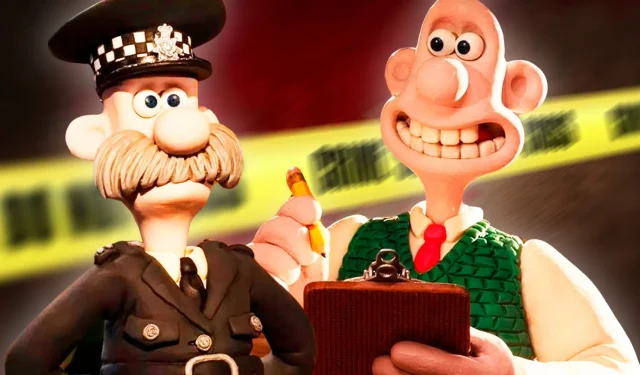
Wallace & Gromit: Vengeance Most Fowl marks a nostalgic return to the cherished claymation universe, bringing with it a subtle layer of commentary on police procedures. After many years, Aardman Animations, in collaboration with the BBC, reintroduces Wallace and Gromit, featuring not only their beloved antics but also a fresh cast, including the new character PC Mukherjee—a young police officer under Chief Mackintosh’s leadership.
Traditionally, the Wallace & Gromit films have focused on humor and light-hearted entertainment, steering clear of serious real-world issues. However, this latest film intriguingly touches upon two significant themes: the decision-making processes within law enforcement and the implications of Artificial Intelligence. While these themes are woven subtly into the narrative, they do not overshadow the film’s primary goal of providing delightful entertainment through its unique animation style. Nonetheless, the discussions raised by these underlying themes merit attention.
Vengeance Most Fowl Offers Insight into Police Ineptitude
A Playful Parody of Police Work
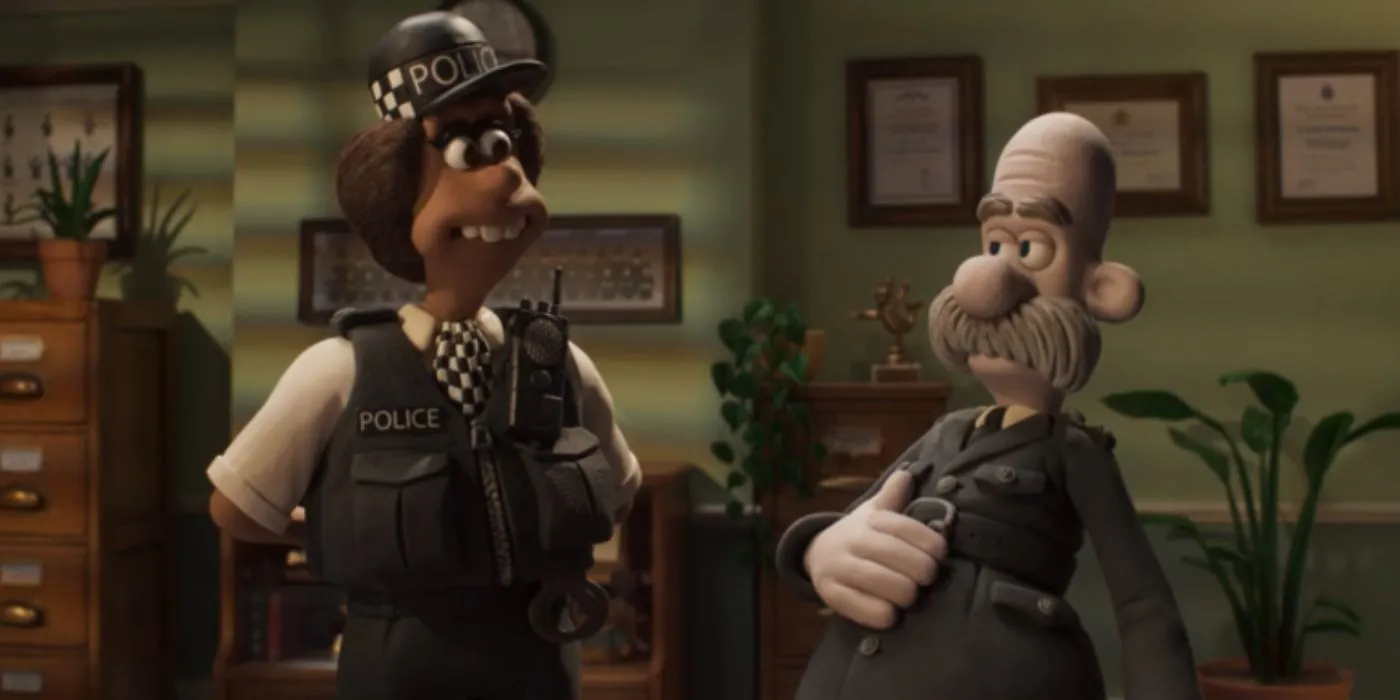
Central to Vengeance Most Fowl is the dynamic between PC Mukherjee and Chief Mackintosh. Having first appeared in The Curse of the Were-Rabbit, Mackintosh has become a seasoned officer known for his involvement in apprehending the notorious Feathers McGraw. While he somewhat acknowledges that Wallace and Gromit were primarily responsible for that achievement, he nonetheless revels in the praise.
Mackintosh’s main guidance to Mukherjee? Trust your instincts above all—”evidence”from training can take a backseat. While this remark is tailored for humor, it subtly critiques real-life policing. Indeed, Mackintosh embodies the archetype of a misguided officer, yet the comedy aside, there are certainly parallels to be drawn with less competent figures in actual law enforcement. In the film, this reckless intuition pays off; in reality, it could be perilous.
Highlighting Overzealous Policing
Wallace’s Quest for Justice Leads to Mishaps
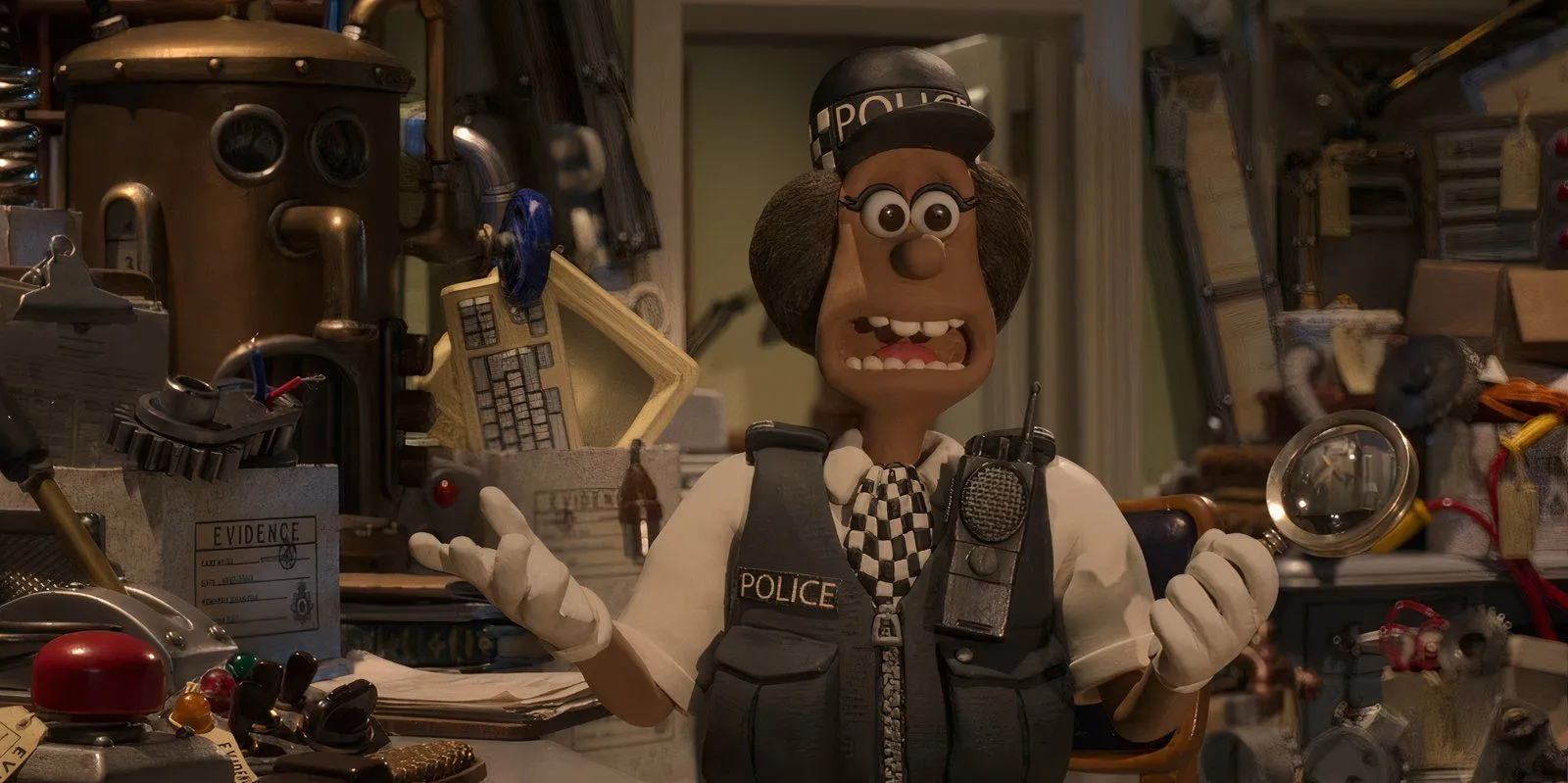
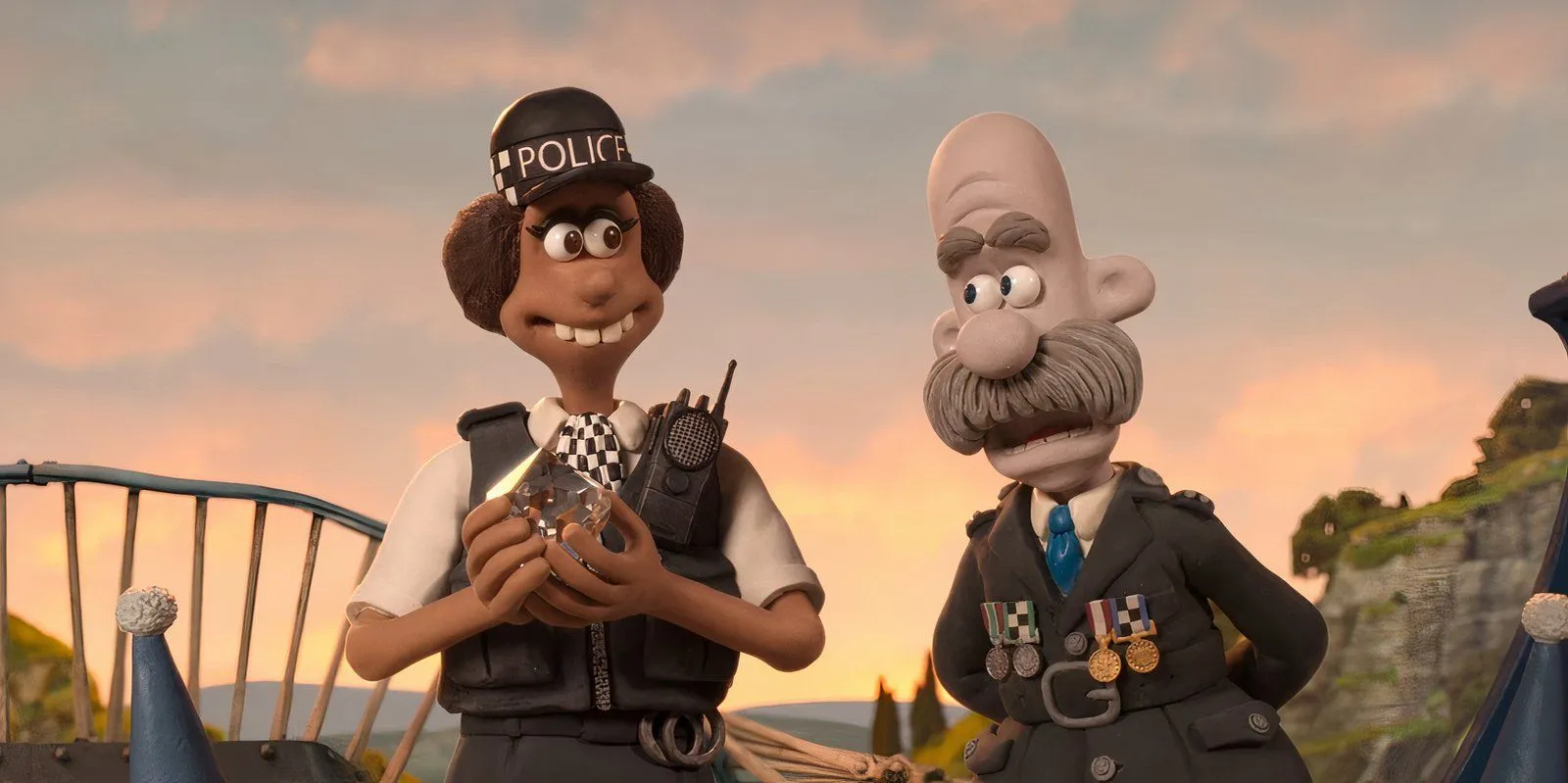
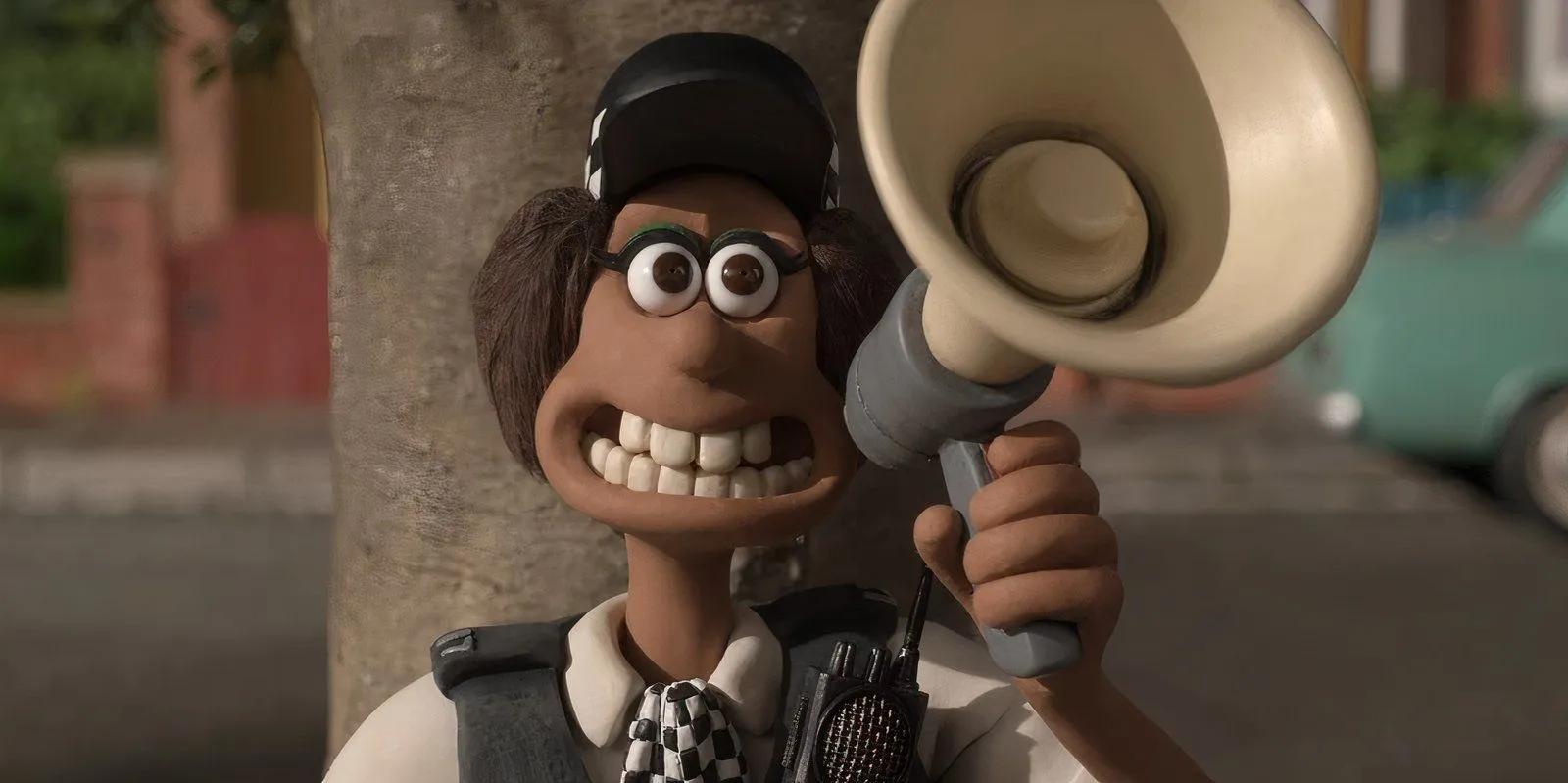
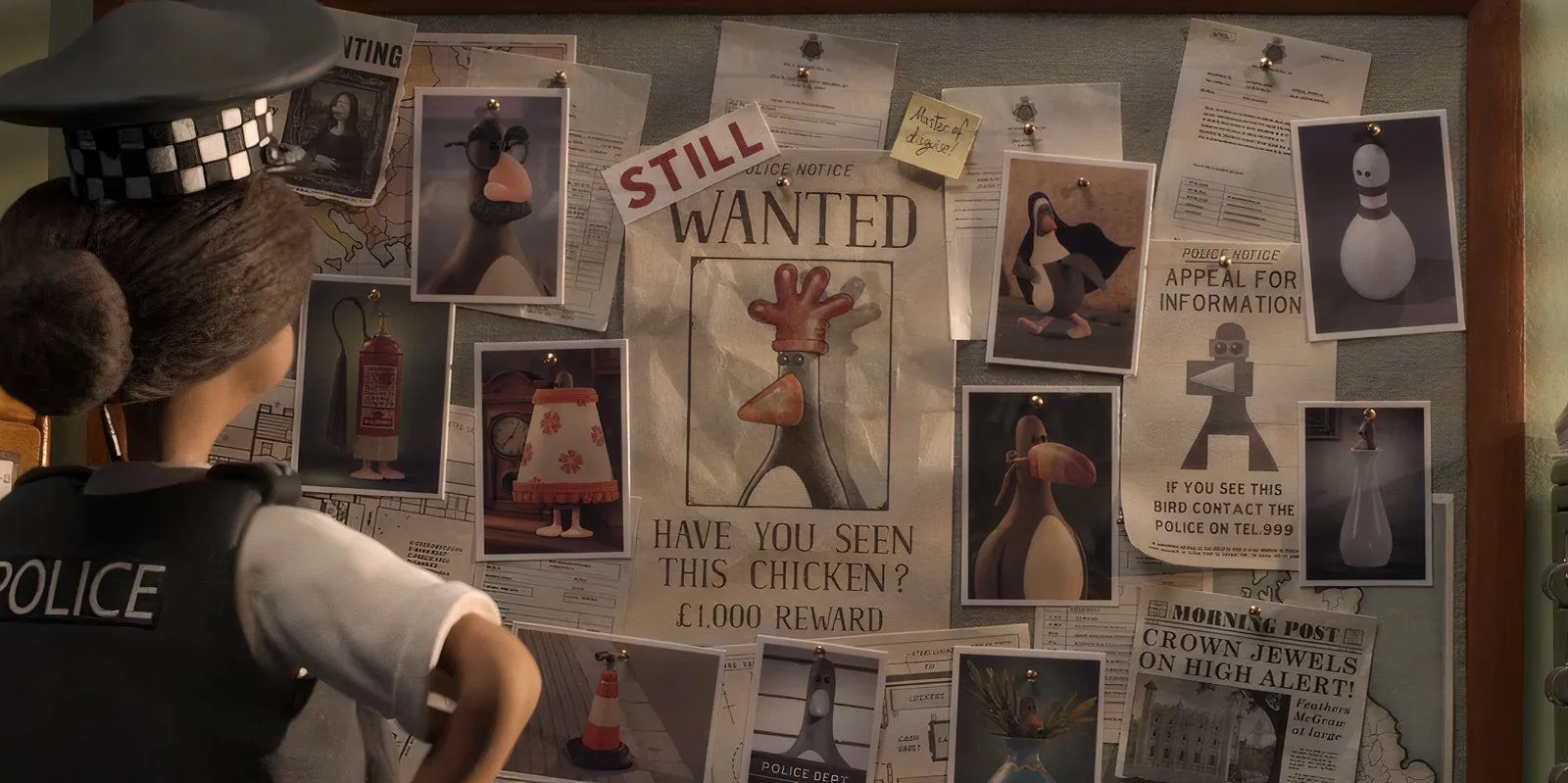
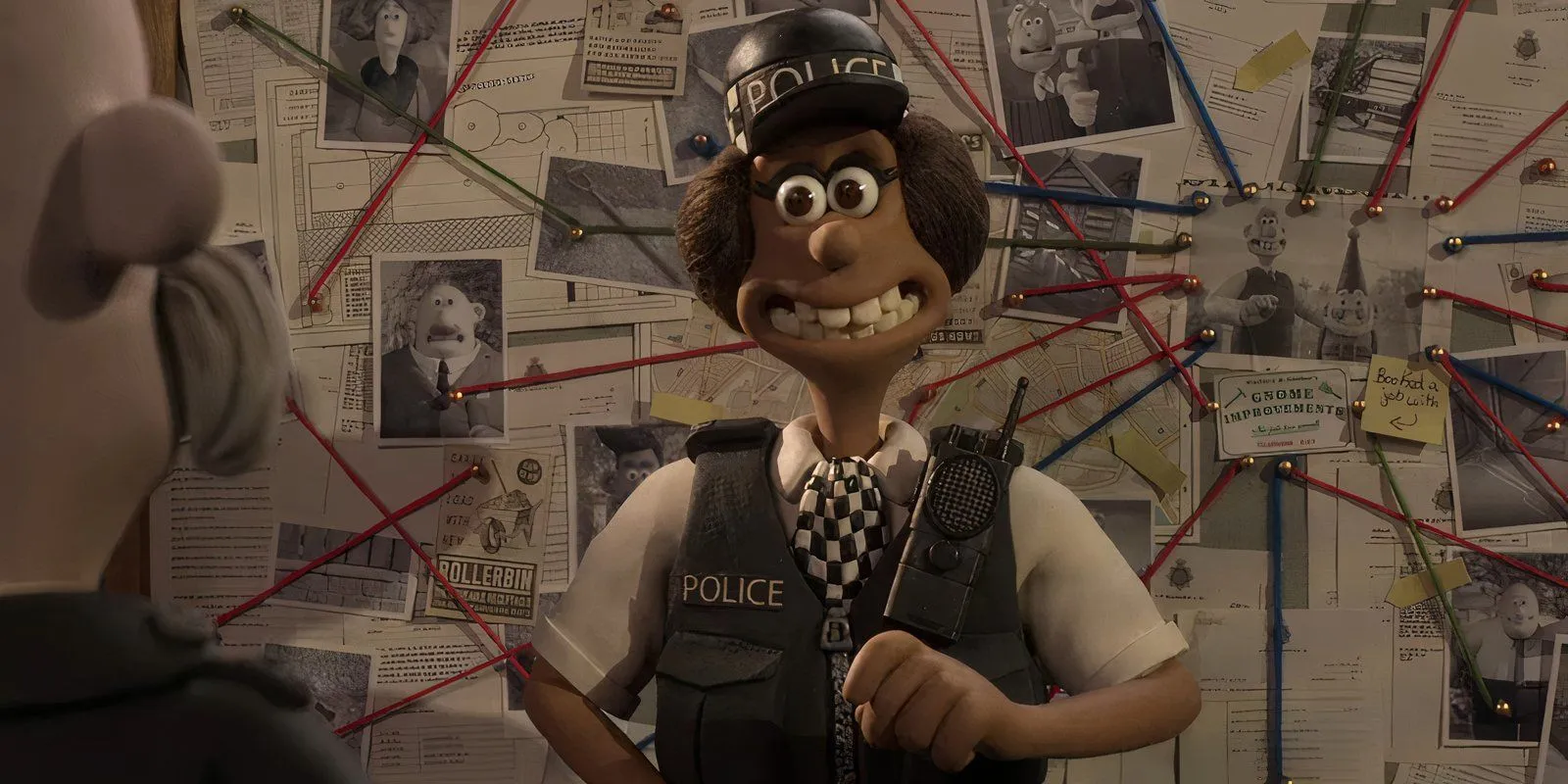
Mukherjee, the eager officer, displays strong instincts, but her enthusiasm sometimes clouds her judgment. Driven by a genuine desire to do well, she jumps at the chance to investigate, which leads to a misguided pursuit of Wallace, whom she mistakenly believes is connected to a criminal case involving a robot. Her overzealousness results in a search that involves confiscating Wallace’s belongings, despite a lack of evidence indicating his guilt.
Although Wallace has some connection to the case, he is ultimately innocent. At one point, Mukherjee even recognizes that the evidence doesn’t point to his involvement, yet she continues to focus on him. Chief Mackintosh, eager to close the case, demonstrates a troubling tendency to prioritize an arrest for his own career advancement over thorough investigation. This reckless approach could easily lead to wrongful accusations, yet both characters are tempted by the allure of a quick resolution.
A Balanced Perspective on Policing
A Moderately Insightful Stance
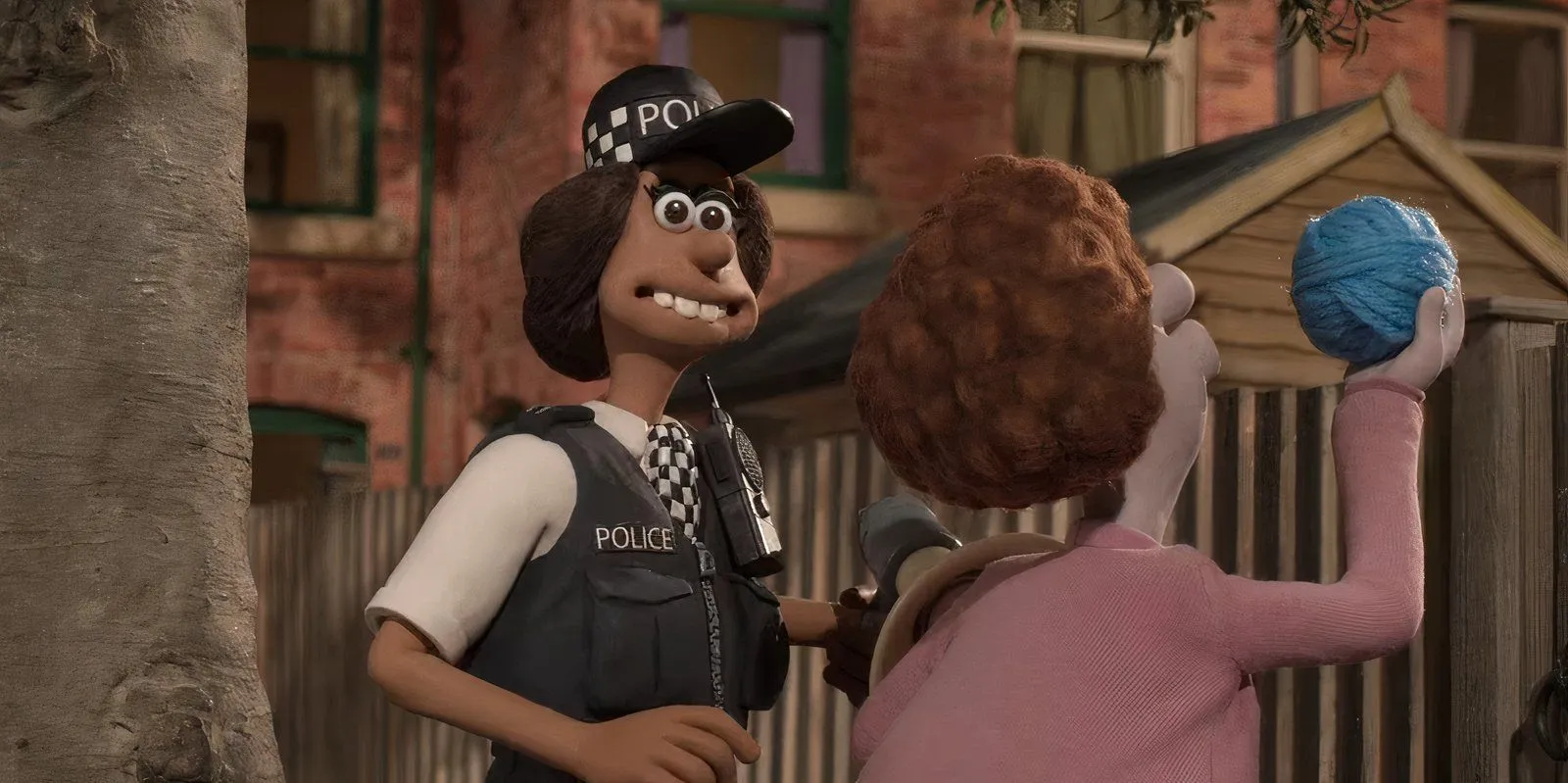
Ultimately, Vengeance Most Fowl is crafted as a family-friendly film, steering clear of overly controversial messages. Rather than denouncing all police officers or labeling them as inherently corrupt, the film illustrates that the flaws of its characters reflect broader systemic issues within policing. It recognizes the challenges in law enforcement while simultaneously suggesting that these hurdles can be addressed through learning and self-reflection, devoid of personal ego.
By the film’s conclusion, even Mackintosh comes to terms with his misjudgments and acknowledges the need to share credit appropriately. Concurrently, Mukherjee proves herself to be an effective officer, ultimately aiding Wallace and Gromit in capturing Feathers McGraw. This character growth emphasizes a hopeful perspective on human capacity for learning and improvement, suggesting that true progress is made by confronting and resolving issues rather than ignoring their existence.




Leave a Reply